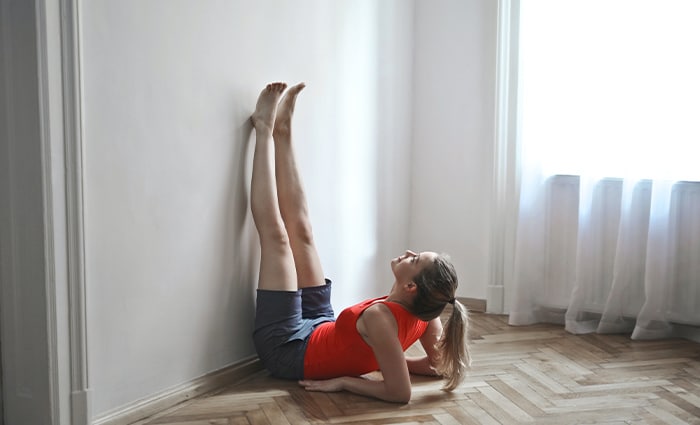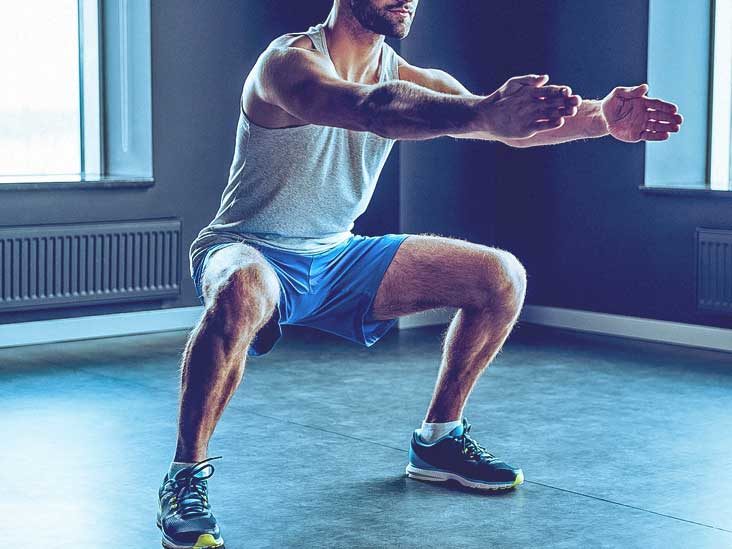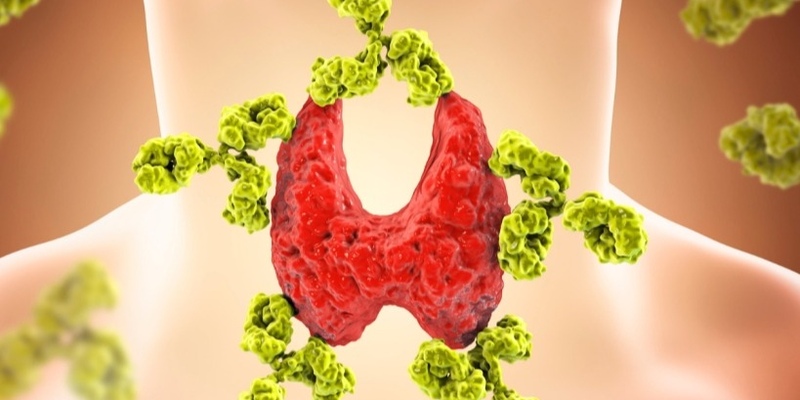To aid in the reduction of arthritic symptoms, however, it is not necessary to complete a marathon or swim as quickly as an Olympic contender. Your discomfort may be eased with even modest activity, which can help you maintain a healthy weight. Exercise may help keep you mobile even in the face of arthritis' potential to render you immobile. Your overall health and fitness may improve thanks to exercise, and it won't even tax your joints. Combined with your current course of therapy, physical activity can:
- Train the muscles that surround your joints to become stronger.
- Assist you in preserving the strength of your bones
- You'll have more energy to get through the day, find it easier to get a decent night's sleep, and make it simpler to keep your weight under control.
- Improve the overall quality of your life.
- Improve your balance
Even though you may believe exercising would worsen your joint pain and stiffness, the opposite is true. Your joints may experience significantly more discomfort and stiffness if you don't get enough activity.
Check With Your Doctor First
Discuss the possibility of using exercise as part of your therapy with your primary care provider. Your particular kind of arthritis and the joints that are affected will determine the kinds of activities that are most beneficial for you. Your primary care physician or a physical therapist may work with you to choose the workout regimen that will provide you with the most overall benefit while also causing you the least discomfort due to your joint pain.
Physical Therapy For Rheumatoid Arthritis
Your primary care physician or physical therapist may provide you with exercise recommendations. These may include range-of-motion exercises, strengthening exercises, aerobic exercises, and other types of workouts.
Range-Of-Motion Exercises
You'll feel less stiff after doing these exercises, and you'll be able to move your joints through a greater range of motion overall. Movements such as lifting your arms over your head or rotating your shoulders forward and backward might be included in these workouts. In most circumstances, you should be able to do these exercises daily.

Strengthening Exercises
Building strong muscles, which may assist support and protecting your joints, is one of the goals of the exercises in this guide. A good example of a strengthening activity that may help you keep your muscular strength at a high level or perhaps grow it is weight training. It is important to keep in mind that you should not work out the same muscle groups on consecutive days. Take a day off between exercises to rest, and if any of your joints are hurting or inflamed, take an additional day off.
Aerobic Exercise
Aerobic exercise and endurance training both contribute to your total fitness level. Your cardiovascular health may improve, you can keep your weight under control with their aid, and they can offer you more stamina and energy.
Other Activities
Any action may be beneficial, regardless of how little it may seem. Activities that are done daily, such as mowing the yard, raking the leaves, and walking the dog count. Exercises that focus on body awareness, such as light yoga or tai chi, may help you improve balance, hence reducing the risk of falls; they can also improve posture and coordination; and induce relaxation. Always inform your teacher about your illness, and avoid any postures or motions that can worsen it.
Tips To Protect Your Joints

If you haven't been active for a long, you should ease into exercise by beginning at a leisurely pace to protect your joints. If you put too much pressure on yourself, you risk overworking your muscles, which may worsen joint discomfort.
Take into consideration the following guidelines as you get started:
Make Sure The Effect Is Minimal
Exercises that are gentler on the joints, such as riding a stationary or recumbent bicycle, using an elliptical trainer, or doing exercises in the water, may help reduce the amount of stress placed on the joints when you are moving.
Utilize Some Heat
Applying heat to your joints and muscles will help them relax, reducing any discomfort you may be experiencing before you begin. Heat therapies, such as using heated towels, hot packs, or a hot shower, should be performed for around 20 minutes and should be warm, not excruciatingly hot.
Proceed With Caution
Start by moving your joints very slowly to warm them up. You might begin your workout by exercising to increase your range of motion for five to ten minutes before moving on to strength training or cardiovascular activity.
Go Gently
Perform your workout using motions that are gradual and simple. If you are experiencing any discomfort, pause for a moment. Discomfort that is severe and more intense than the joint pain you often experience may indicate something is amiss. You should slow down if you observe any swelling or redness in your joints.












